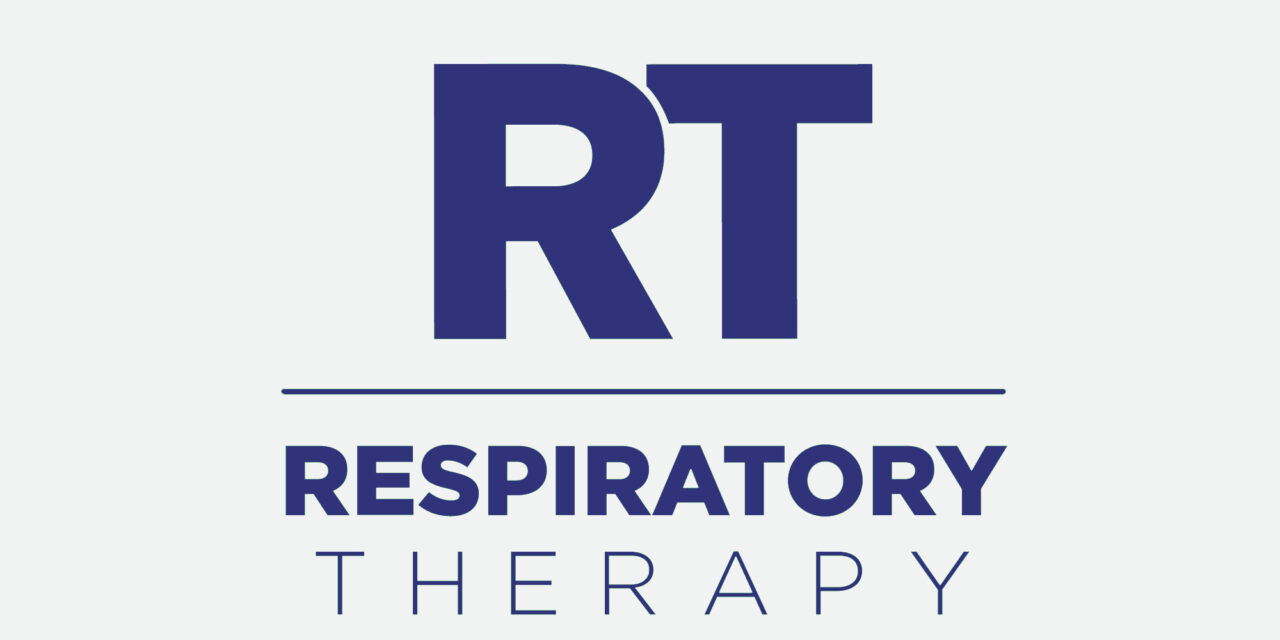Early diagnosis can help reduce asthma-related complications. In its sixth year, a national screening program during National Asthma and Allergy Awareness Month has reached 61,000 people, half of whom have been referred for further treatment.
By Liz Finch
Asthma wreaks havoc on the health of 17 million Americans each year: Among those who have the disease, nearly 500,000 are hospitalized annually and more than 5,000 die from their condition.1 Yet, with early diagnosis, proper education, and guidance by asthma specialists, many of those 17 million Americans could live lives that are not derailed by their health problems.
“Too many people lead compromised lives due to their asthma,” says Nancy Sander, president and founder of the Allergy & Asthma Network Mothers of Asthmatics (AANMA). “They cannot take a full deep breath. They cough through the night, miss school, work, and many of life’s activities, totally unaware that asthma is the cause. Asthma should not sideline anyone.”
For the past 6 years, AANMA has partnered with the American College of Allergy, Asthma, and Immunology (ACAAI) and the Asthma and Allergy Foundation of America (AAFA) to present an annual Nationwide Asthma Screening Program. The program is held during May, National Asthma and Allergy Awareness Month. Funded by an educational grant from AstraZeneca, the program identifies potential cases of asthma in adults and children who are having breathing problems such as coughing, wheezing, and shortness of breath and refers them for a professional diagnosis. The goal of the National Asthma Screening Program is to help educate the public about asthma diagnosis and treatment and raise awareness of the role of the allergist as an asthma specialist.
“There is not enough education about asthma, and we need people to recognize the importance of an early diagnosis,” says John Winder, MD, national spokesperson/chair of the screening program for the ACAAI. “One of the significant motives for earlier diagnosis is that asthma is an inflammatory disease. The sooner one nips any inflammation in the bud, the better off that person will be. Particularly in childhood, early intervention cuts down on later consequences. These screenings help raise awareness about asthma—and about the fact that the disease doesn’t have to lead to major lifestyle compromises.”
The program encompasses 300 sites nationwide. More than 61,000 people have been screened, and half have been given a professional referral for further treatment. Screenings are held in high-volume venues such as shopping malls, soccer games, health fairs, and zoos. Adult participants in the screening fill out a 20-question Life Quality (LQ) Test developed by ACAAI for the program. Children take a special LQ test, with questions about breathing problems, called the Kids’ Asthma Check. Participants also take a lung function test and meet with a physician to determine if they should seek a thorough examination and diagnosis. Those who already know they have asthma can talk with a specialist about their disease and efforts to keep symptoms under control.
“A good percentage of participants come for a tune-up on their asthma,” Winder says. “But it is also beneficial to undiagnosed people. A lot of people come to screenings with breathing difficulties and they don’t know they have asthma.”
Taking the Initiative
Allergists run the screenings—and they must be members of ACAAI to do so—but are assisted by volunteers from throughout their communities.
“We see office nurses, patient support groups, mothers of asthmatics, respiratory therapists, students, personnel from AstraZeneca, and local members of the American Lung Association,” Winder says. “We also have a number of people who donate things in kind. For example, respiratory therapists will come with their own spirometers and we just have to get a supplier to provide the mouthpieces.”
The event kicks off on May 3—World Asthma Day—on Capitol Hill in Washington, DC. In previous years, that event has drawn inner-city school kids, White House staffers and congressional people, and former First Lady Hillary Clinton. Many communities are already observing National Allergy and Asthma Awareness Month with other events, and the screening can be included as part of those activities. For instance, this year in Toledo, Ohio, a local lung association chapter is doing a Blow the Whistle on Asthma walk and has approached the ACAAI about adding a screening.
“They knew we did screenings, so they contacted us and we agreed to coordinate one for them although they are doing the logistics,” Winder says. “Initiative can come from the community as well if no one is doing a screening there already.”
While allergists are usually the catalyst for the screening, Winder says others—especially respiratory therapists—are certainly welcome to get the ball rolling in their communities.
“RT practitioners have been big supporters for us through the years,” Winder says. “On our Web site, we post different cities where screenings are taking place. If RTs want to set up a new event in their area, they can talk to ACAAI. We have a list of physician members in every community.
Expanding Venues
“Last year was the first time we really made an effort to go into the workplace and screen for employers, and it was very successful,” Winder says. “The impact on the workplace is tremendous in terms of both dollars and productivity. It affects not only someone who has asthma, but someone whose child has it. When an employee has been up half the night with a sick kid, his or her productivity will naturally be down a certain percentage the next day.”
Raising awareness and facilitating early diagnosis and proper management of asthma are the cornerstones of the program, but in some instances, the impact of the screenings has been even more profound.
Winder remembers a situation 2 years ago when he was setting up for a screening at a major upscale mall in the suburbs outside a large city. Although the mall was not even open yet, he recalls “two scruffy guys hanging around the periphery of where we were working. At 10 am, when we started the screenings, one of the men came up and asked if it cost money to do this. He said, ‘I want you to screen my friend. He has asthma and I’m helping him.’ These guys were from an inner-city mission, and they were homeless. They had seen a blurb on the screening somewhere and gotten together one-way bus fare to the mall. The friend was in such bad shape that he had to be taken to one of the local hospitals.”
The two men had just met at the mission, Winder notes. “That man was really lucky that this buddy had gotten it together enough to get his friend some help. For me, that really reinforced what we are doing here.”
More information is available at http://allergy.mcg.edu/.
RT
Liz Finch is a contributing writer for RT magazine.
Reference
1. Focus on Asthma. National Institute of Allergy and Infectious Diseases. Available at http://www.niaid.nih.gov/newsroom/focuson/asthma01/default.htm.









